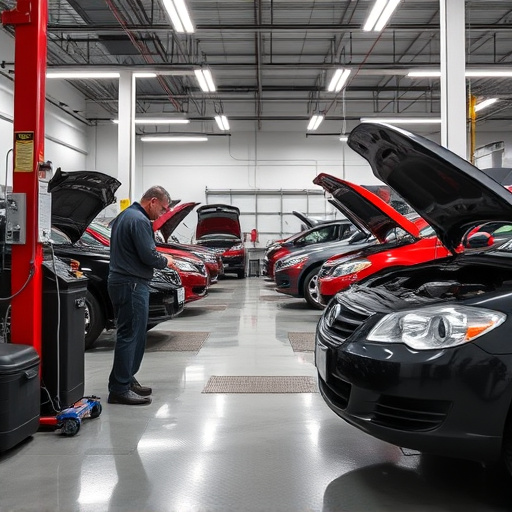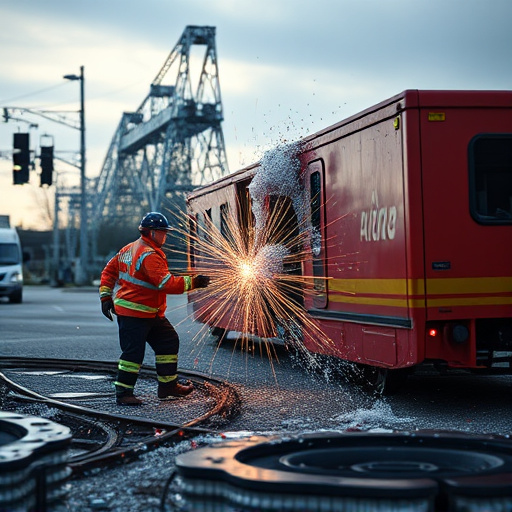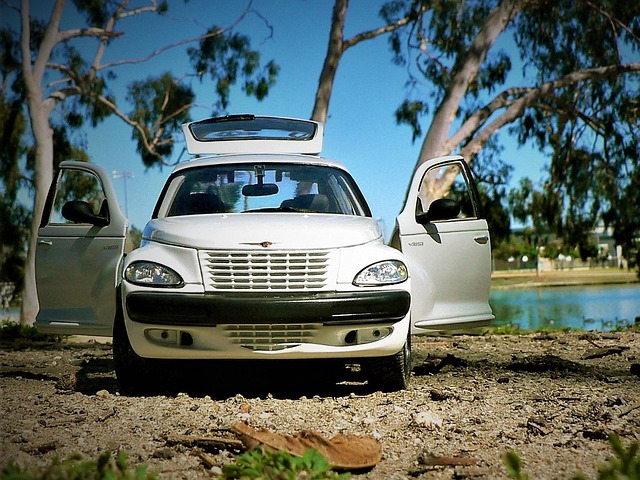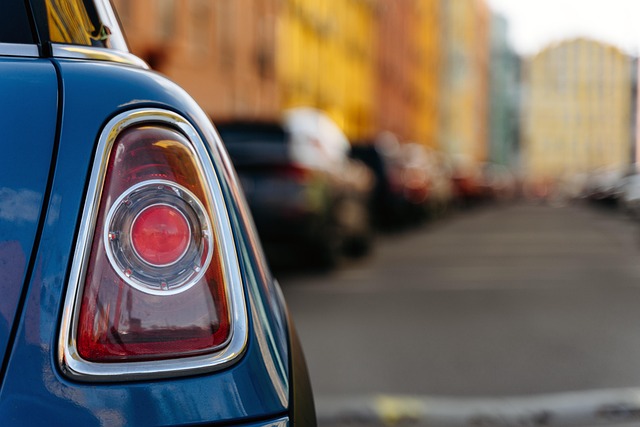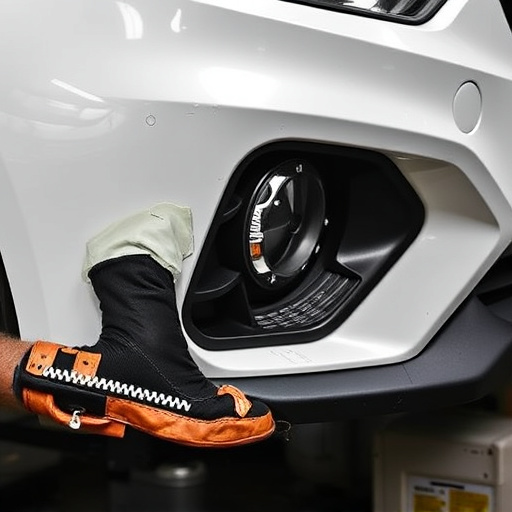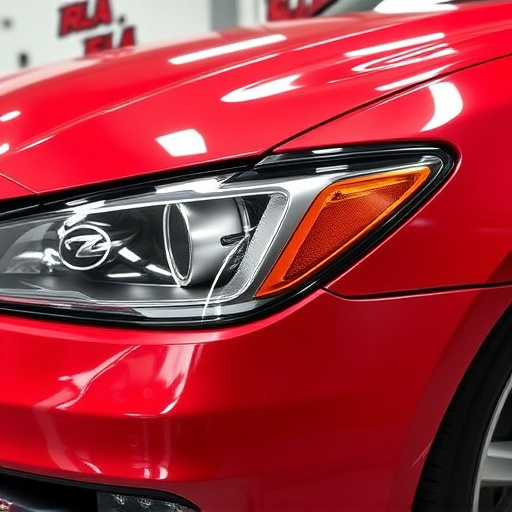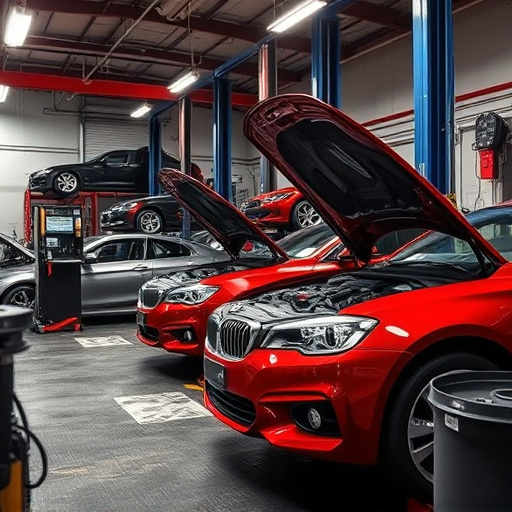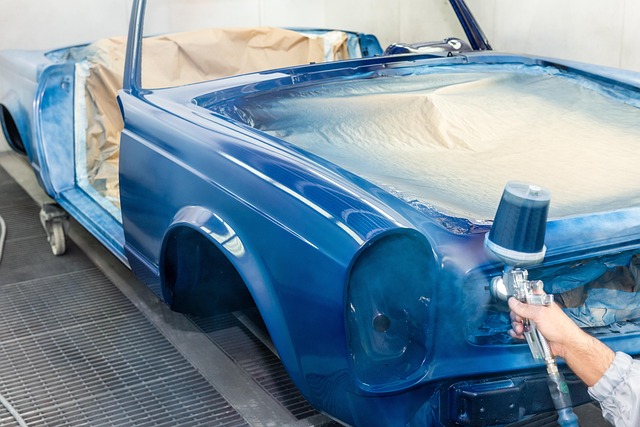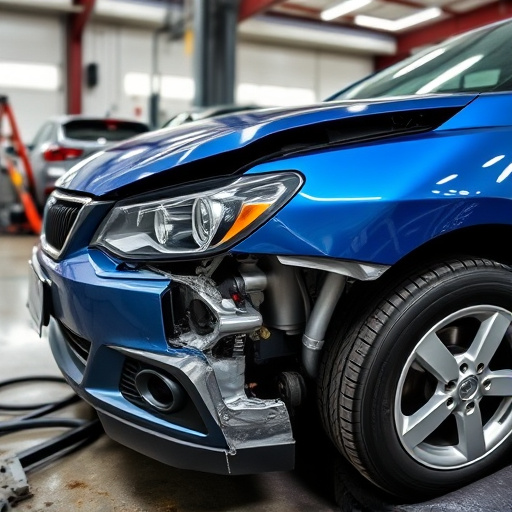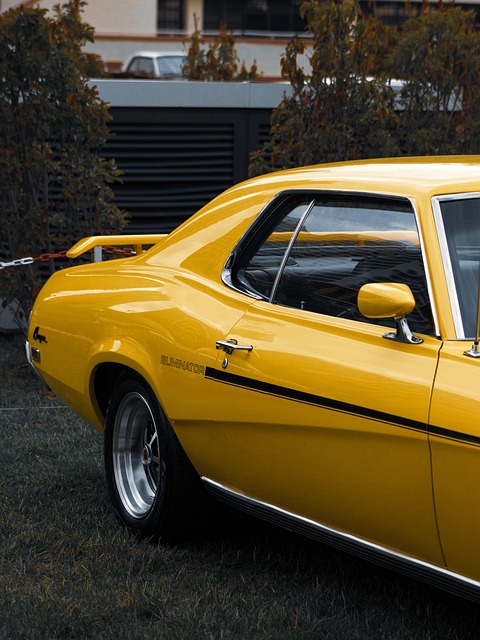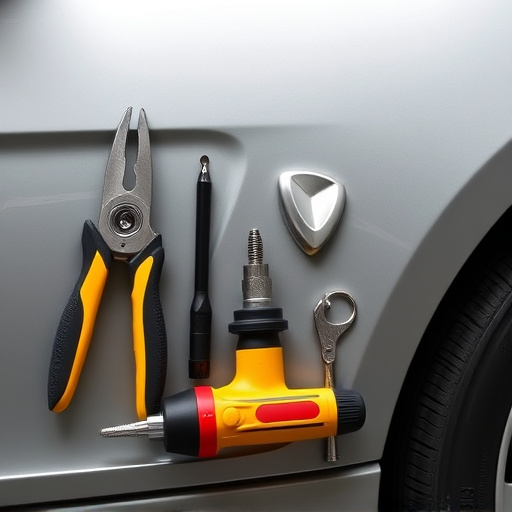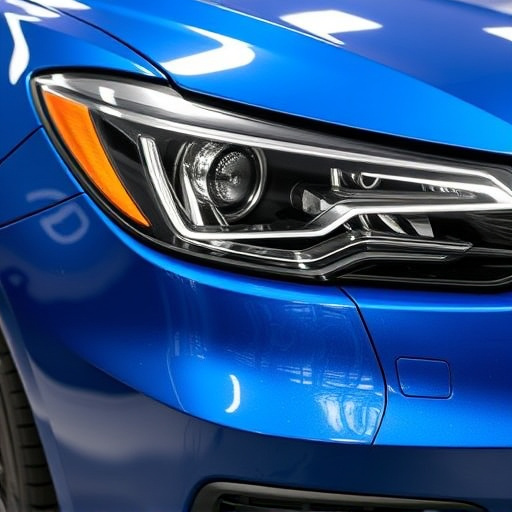Loaner vehicle collision repair involves a meticulous process, from assessment to restoration, aiming for structural integrity and aesthetic appeal. While traditional methods impact the environment, many shops adopt sustainable practices like water-based paints and recycling. Collision centers can reduce their carbon footprint by embracing eco-friendly solutions, setting an example in the industry for loaner vehicle collision repair.
Loaner vehicle collision repair is a critical aspect of auto industry operations, offering temporary transportation while vehicles are in for repairs. This process, however, comes with environmental considerations that demand attention. As the automotive sector evolves, understanding the environmental impact of auto body repair practices and adopting sustainable solutions becomes paramount. In this article, we explore these key areas, focusing on the loaner vehicle collision repair process, environmental implications, and eco-friendly alternatives for collision centers.
- Understanding Loaner Vehicle Collision Repair Process
- Environmental Impact of Auto Body Repair Practices
- Sustainable Solutions for Collision Centers
Understanding Loaner Vehicle Collision Repair Process
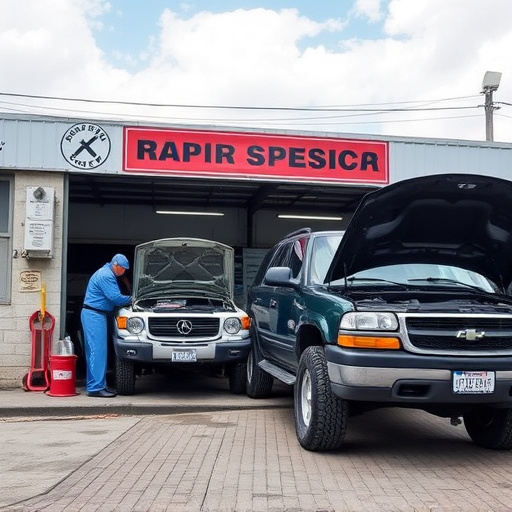
The loaner vehicle collision repair process is a carefully orchestrated series of steps designed to restore damaged cars back to their pre-incident condition. It begins with an extensive assessment by skilled technicians who meticulously evaluate the extent of the damage. Depending on the severity, various repair methods are employed, including paintless dent repair for minor scuffs and crumple zones in automotive collision repair, ensuring a precise and seamless finish.
Once assessed, the vehicle is prepared for restoration. This involves degreasing, sanding, and priming to create a clean canvas. Technicians then use specialized tools and techniques tailored to each repair, whether it’s panel replacement, frame straightening, or meticulous paintwork in a vehicle body shop. The ultimate goal is not just to fix the physical damage but also to maintain the vehicle’s original aesthetic appeal and safety standards.
Environmental Impact of Auto Body Repair Practices
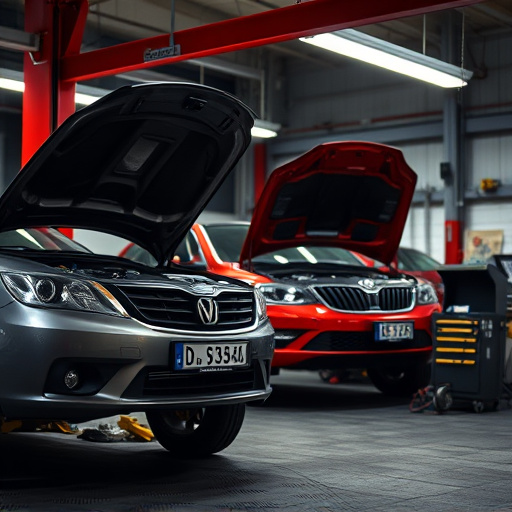
The environmental impact of auto body repair practices is an essential aspect of the loaner vehicle collision repair process that often goes overlooked. Traditional automotive body shops frequently rely on resource-intensive methods, generating significant waste and emissions during the repair process. From the use of toxic chemicals in paints to the disposal of hazardous materials from damaged components, these practices can leave a substantial carbon footprint.
In today’s eco-conscious era, many reputable auto body shops are adopting more sustainable approaches. By utilizing eco-friendly materials, implementing efficient waste management systems, and investing in renewable energy sources, these establishments aim to reduce their environmental impact. For instance, opting for water-based paints instead of solvent-based ones can minimize air pollution and the release of volatile organic compounds (VOCs). Additionally, proper recycling programs for metal scraps, plastic parts, and other recyclables ensure that materials are reused, reducing the demand for new resources in vehicle dent repair and other auto body shop operations.
Sustainable Solutions for Collision Centers
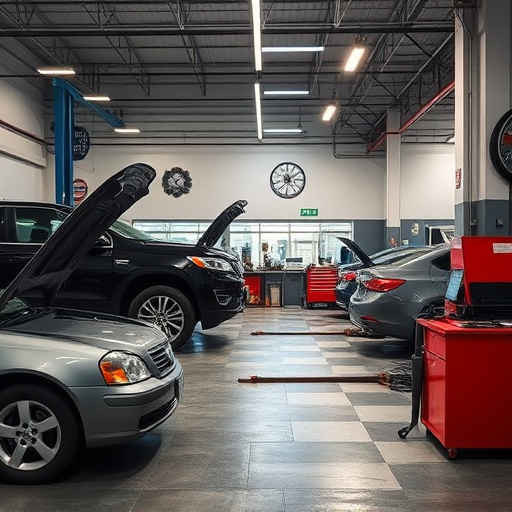
Collision centers play a significant role in the automotive industry, offering essential services for vehicle repairs, including loaner vehicle collision repair. As the demand for car collision repair continues to grow, it’s imperative to explore sustainable solutions that minimize environmental impact. Implementing eco-friendly practices within these facilities can make a substantial difference. One effective strategy is adopting green materials and processes for auto glass replacement, ensuring the use of recycled or biodegradable components whenever possible.
Additionally, focusing on energy efficiency and waste reduction can significantly lower the carbon footprint associated with loaner vehicle collision repair. For instance, investing in energy-efficient equipment, proper recycling programs, and sustainable sourcing of spare parts contributes to a greener approach. Even niche brands like Mercedes-Benz repair centers can embrace these principles, fostering a culture of environmental stewardship while delivering top-quality services.
Loaner vehicle collision repair is not just about restoring vehicles; it’s a critical component in minimizing the environmental impact of auto body repair practices. By understanding the process, recognizing the ecological consequences, and adopting sustainable solutions, collision centers can play a significant role in reducing their carbon footprint while providing quality services. These efforts contribute to a greener future for both the industry and the planet.
